Advertisement
Boy rescued in Kathmandu rubble, many villagers still stranded
KATHMANDU (Reuters) - Hundreds of onlookers cheered as rescuers toiling amid the rubble left by Nepal's earthquake pulled a boy to safety on Thursday after he had been trapped for five days, a rare moment of joy for a country struggling to cope with the disaster.
Officials said the chances of finding more survivors were fading as the death toll neared 5,500, but Nepal's Armed Police Force managed to save 15-year-old Pema Lama from the collapsed ruins of Kathmandu's Hilton Hotel."I saw the police drilling for four hours to remove mounds of debris before they could pull him out," said Ambar Giri, a medical worker who was at the scene.
While rescuers were out in the capital despite heavy morning rain, helicopters could not fly to the worst-hit areas in the countryside of the Himalayan nation.
"The rain is adding to the problems. Nature seems to be against us," said Rameshwor Dandal, chief of the disaster management center at Nepal's home ministry.
Many people have been sleeping in the open since Saturday's quake. According to the United Nations, 600,000 houses have been destroyed or damaged.
It said eight million people have been affected, with at least two million in need of tents, water, food and medicines over the next three months.
An official from Nepal's home ministry said the number of confirmed deaths from the 7.8 magnitude earthquake had risen to 5,582 by Thursday afternoon, and almost 11,200 were injured.
Anger over the pace of the rescue has flared up in some areas, with Nepalis accusing the government of being too slow to distribute international aid that flooded into the country.
It has yet to reach many in need, particularly in remote areas hard to access given the quake damage and poor weather.Tensions between foreigners and Nepalis desperate to be evacuated have also surfaced. In Langtang valley, where 150 people are feared trapped, a helicopter pilot was taken hostage by locals demanding to be evacuated first, one report said.
"ON OUR OWN"
In Ashrang village in Gorkha, one of the worst-hit districts about four hours by road from Kathmandu, hundreds of Nepali villagers were living out in the open with little food and water despite boxes of biscuits, juices and sacks of rice and wheat being stored in a nearby government office.Police commandos shut the high iron gates of the building, refusing people access while they counted the relief supplies."We told them we can manage without their help," said Mohammad Ishaq, a school teacher, who had been offered four plastic sheets. "It is as if we are doing everything on our own, feeding our people, tending to the sick."
In Sangachowk village, another badly hit district, a stand-off on Wednesday between soldiers and angry local residents who blocked trucks carrying supplies to earthquake victims was resolved and the vehicles were allowed to pass.
The army promised villagers it would return with aid later.
Foreign rescue teams told government officials their work was nearly done because there was little chance of finding many more survivors.
A Nepali-French rescue team did pull a 28-year-old man, Rishi Khanal, from a collapsed apartment block in Kathmandu on Tuesday after he had spent around 80 hours trapped in a room with three dead bodies."I managed to take out the handkerchief from my pocket, soaked it with my urine and squeezed it in my mouth," Khanal told Reuters on Thursday, a day after he had one of his legs amputated. "It gave me some energy to shout and I survived."
But he wondered how he would live with his injury, which would prevent him from seeking work in the Middle East or on a farm in Nepal.
"I don't even have the money to buy a wheelchair now. How will I spend the rest of my life and support my family?"In another tale of escape, a young girl worshipped by many as a living goddess survived Saturday's earthquake near one of the royal palaces in Kathmandu where most other buildings were flattened. "Her temple stands intact because of her divine powers," Pratap Man Shakya, the girl's father, told Reuters.
APPEAL FOR HELICOPTERS Nepal is appealing to foreign governments for more helicopters. There are currently about 20 Nepali army, private and Indian army helicopters involved in rescue operations, according to Laxmi Prasad Dhakal, a home ministry official.
China is expected to send helicopters on Thursday, he said.Prime Minister Sushil Koirala told Reuters earlier this week the death toll from the quake could reach 10,000, with information on casualties and damage from far-flung villages and towns yet to come in.
That would surpass the 8,500 who died in a 1934 earthquake, the last disaster on this scale to hit the nation of 28 million people sandwiched between India and China.
In Kathmandu and other cities, hospitals quickly overflowed with injured soon after the quake, with many being treated out in the open or not at all.
"The new waves of patients are those who survived the quake, but are sick because they were living in the open and drinking contaminated water," said Binay Pandey, a doctor at the government-run Bir Hospital in the capital.Pandey said at least 1,200 patients suffering from water-borne illnesses had been admitted in the hospital since Wednesday morning.
Sporadic rains made it difficult for students and volunteers to clean the streets and dispose of garbage.
In the Himalayas, climbing is set to reopen on Mount Everest next week after damage caused by avalanches triggered by the quake is repaired.
A massive avalanche wiped out a swath of Everest base camp, killing 18 climbers and sherpa mountain guides and injuring more than 60 on Saturday. Many climbers have abandoned their ascent of Everest, the world's tallest peak at 8,850 m (29,035 feet).
(Additional reporting by Sanjeev Miglani, Rupam Nair, Frank Jack Daniel, Andrew Marshall, Adnan Abidi and Christophe Van Der Perre in Kathmandu, Aman Shah and Clara Ferreira-Marques in Mumbai, Aditya Kalra, Douglas Busvine in New Delhi; Writing by Andrew MacAskill; Editing by Mike Collett-White)

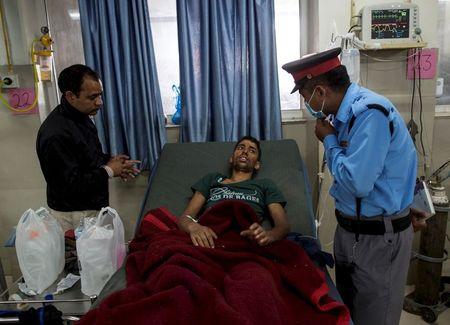

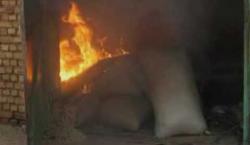
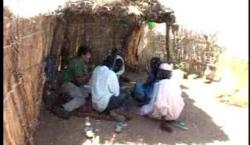

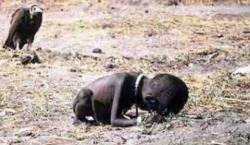
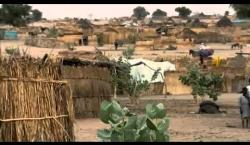
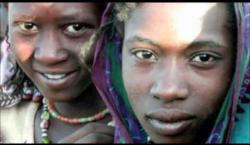

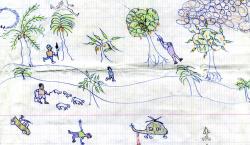
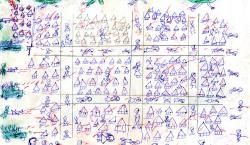




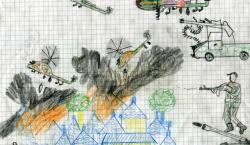
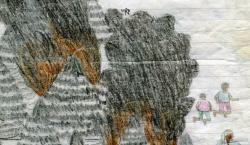
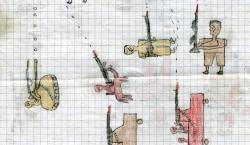
Add new comment